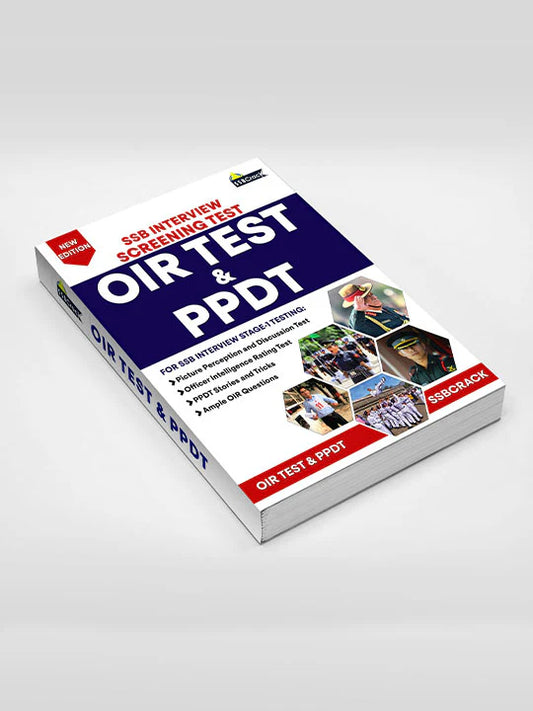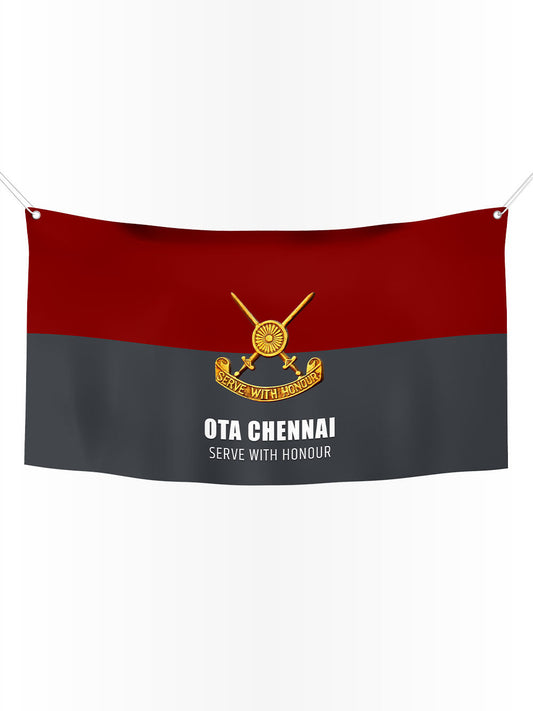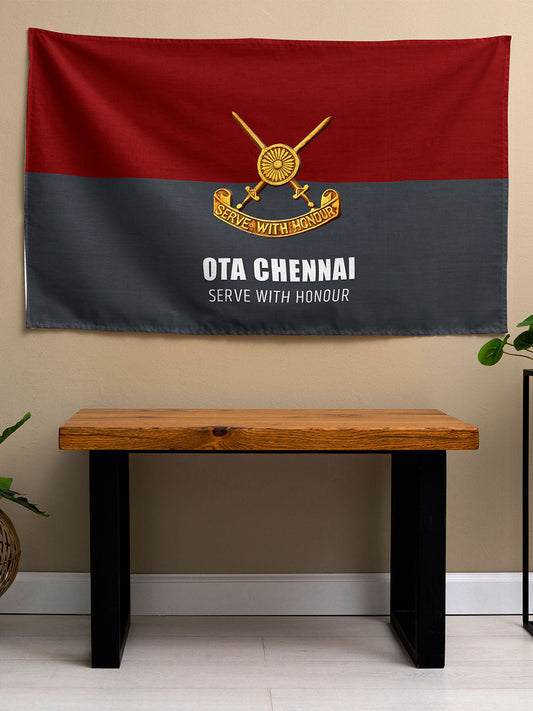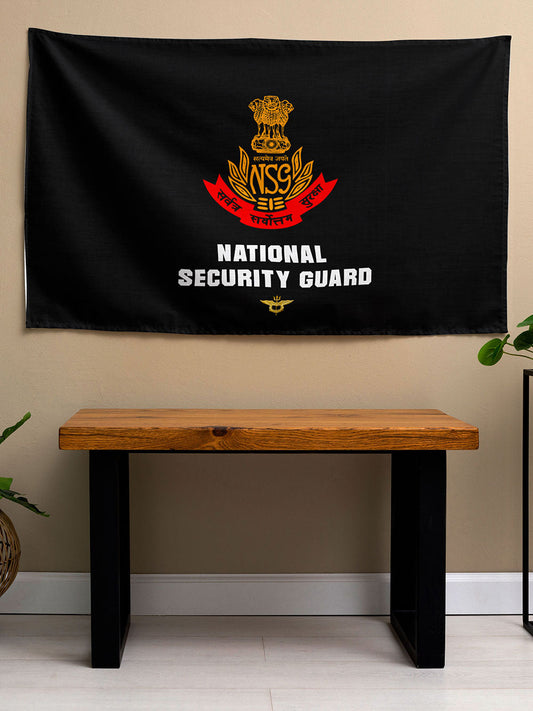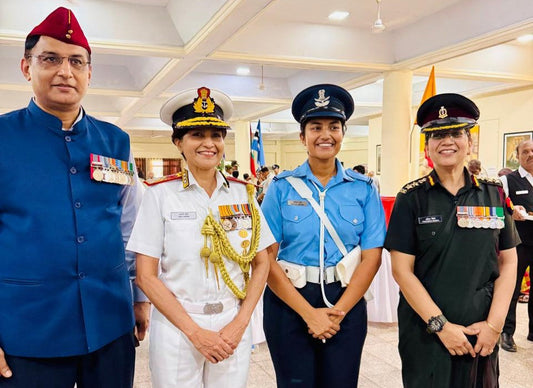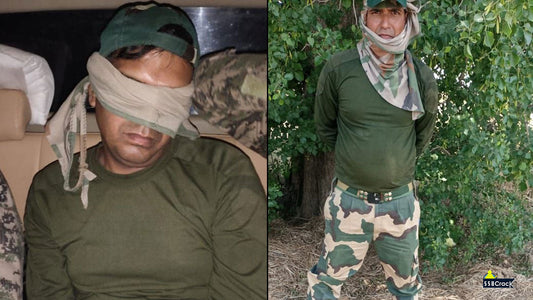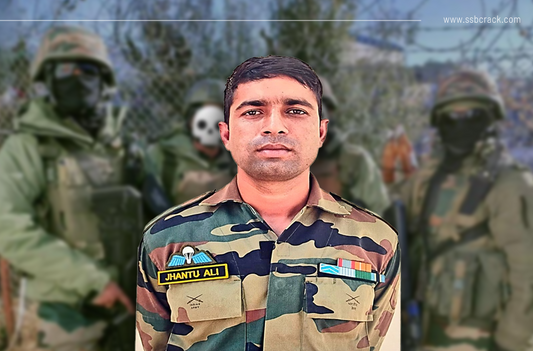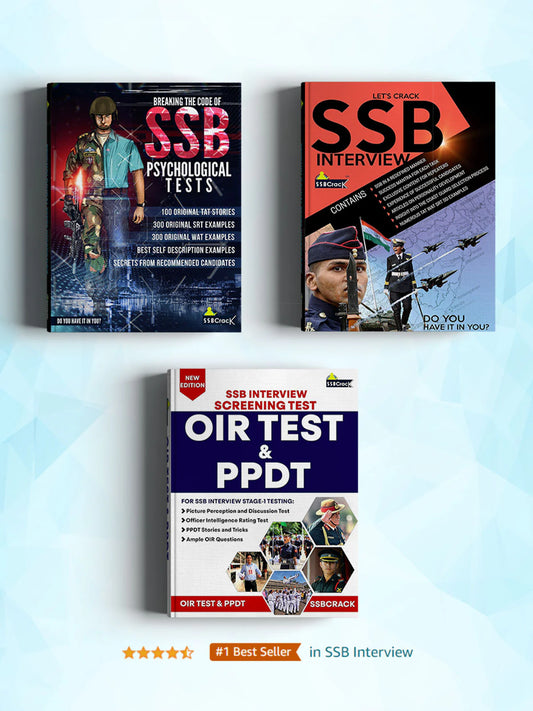Everything About Rashtriya Rifles: Know History, Role, and Power
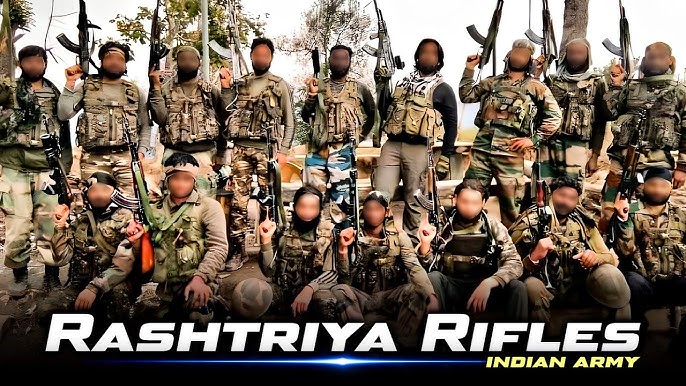
The Rashtriya Rifles (RR) represents a remarkable chapter in the evolution of the Indian Armed Forces, particularly within the realm of counter-insurgency operations. Established to address the challenges posed by the growing violence and militancy in Jammu and Kashmir during the 1990s, this specialized force has since carved out an indelible niche in India’s security landscape.
With its unique combination of operational experience, strategic deployment, and community engagement, the RR not only plays a vital role in maintaining peace and order but also endeavors to foster socio-economic development in the regions it serves. This article provides an extensive examination of the Rashtriya Rifles, tracing its history, operational dynamics, significant achievements, and the broader implications of its mission.
Rashtriya Rifles RR Indian Army Coffee Mug
Rs. 699.00
Sale price
Rs. 499.00
Indian Military Academy IMA Coffee Mug
Rs. 699.00
Sale price
Rs. 499.00
NDA Service Before Self Coffee Mug
Rs. 699.00
Sale price
Rs. 499.00
Officers Training Academy OTA Chennai Coffee Mug
Rs. 699.00
Sale price
Rs. 499.00
Historical Context
To understand the formation and evolution of the Rashtriya Rifles, it is essential to delve into the geopolitical and social dynamics of the late 1980s and early 1990s in Jammu and Kashmir. Following the insurgency that erupted in the region, marked by calls for autonomy and the rise of militant groups, the Indian government faced an unprecedented security challenge. Amid tales of civilian anguish, rising violence, and militant activity, the demand for a robust response became more pressing.
- Genesis of Rashtriya Rifles: The formal conception of the RR occurred in 1990, driven by the then Prime Minister Vishwanath Pratap Singh's recognition of the urgent need for a dedicated counter-insurgency force. Initial deployments were fraught with difficulties, leading to a restructuring that integrated operational expertise across various regiments. By capitalizing on seasoned soldiers with local knowledge, the RR was able to enhance its effectiveness in tackling insurgency.
- First Deployments and Initial Challenges: The RR began its operations with 36 battalions, consisting of around 5,000 soldiers. The early days were marked by challenges, including the need for effective intelligence gathering and understanding the socio-cultural dynamics within the region. Over time, the RR adapted to its operational environment by integrating community engagement with its counter-insurgency strategies.
SSB Interview Books Power Pack: 4 Must Read Books for Defence Aspirants
Rs. 1,760.00
Sale price
Rs. 1,399.00
Let's Crack SSB Interview Book [Paperback]
Rs. 390.00
Sale price
Rs. 360.00
Breaking The Code of SSB Psychological Tests [Paperback]
Rs. 390.00
Sale price
Rs. 360.00
OIR Test & PPDT - SSB Interview Screening Test - Stage 1 Testing [Paperback]
Rs. 490.00
Sale price
Rs. 375.00
Structure and Organization
The organizational framework of the Rashtriya Rifles is tailored to facilitate swift and effective operations across diverse terrains and situations.
- Composition: The RR comprises 65 battalions, each carefully organized into five Counter Insurgency Force (CIF) headquarters: Romeo Force, Delta Force, Victor Force, Kilo Force, and Uniform Force. This structure allows each CIF to specialize in specific geographical and operational challenges related to various areas of the Kashmir Valley and the Jammu Division.
- Leadership: Headed by an Additional Directorate General of Rashtriya Rifles (ADG RR), the force integrates personnel not only from the Indian Army but also from paramilitary units, including the Border Security Force (BSF) and the Central Reserve Police Force (CRPF). This amalgamation of expertise strengthens operational versatility.
Role and Operations
The primary function of the Rashtriya Rifles lies in combating insurgency and terrorism; however, its role extends beyond mere military engagement.
- Counter-insurgency Operations: The RR operates under the Armed Forces (Jammu and Kashmir) Special Powers Act, 1990 (AFSPA), granting them powers to search, detain, and engage based on actionable intelligence. This legal framework ensures that the forces are equipped to undertake decisive action in dynamic situations.
- Collaborations: The RR works closely with local law enforcement agencies, fostering cooperation and evolving joint strategies to neutralize threats effectively. This collaboration is crucial in gathering intelligence and enhancing local security networks.
- Humanitarian Efforts: Beyond military operations, the Rashtriya Rifles engages in humanitarian assistance, providing relief during natural disasters and contributing to community development initiatives.
- Example of Operations: Notable operations include the elimination of dreaded militant commanders and the successful dismantling of operational networks responsible for terror activities. Their efforts led to the apprehension of significant threats while ensuring minimal disruption to civilian life.

Training and Deployment
Deployment guidelines and training practices are tailored to the unique challenges posed by counter-insurgency operations.
- Induction and Training: Personnel chosen for the RR undergo rigorous training at the Corps Battle School, focusing on close-quarters battle, urban warfare tactics, and specialized skills like room clearing. These training modules equip soldiers with essential tools to handle complex engagement scenarios in urban and rural settings.
- Service Duration and Mobility: Soldiers are typically inducted for a service period of 2 to 3 years, ensuring a constant influx of fresh talent and perspectives into the RR. Despite a primary focus on Jammu and Kashmir, there are plans for deployment in other insurgency-affected regions across India, including states like Chhattisgarh and Jharkhand.
9 Para SF Special Forces Wall Flag
Rs. 999.00
Sale price
Rs. 699.00
OTA Chennai Wall Flag
Rs. 999.00
Sale price
Rs. 699.00
National Security Guard NSG Wall Flag
Rs. 999.00
Sale price
Rs. 699.00
Indian Military Academy IMA Wall Flag
Rs. 999.00
Sale price
Rs. 699.00
Achievements and Honors
The operational success of the Rashtriya Rifles, coupled with its commitment to excellence, has led to impressive achievements:
- Gallantry Awards: The RR has been recognized with 6 Ashok Chakras, 34 Kirti Chakras, and 221 Shaurya Chakras, among other decorations. These honors not only highlight individual bravery but also reflect the collective contributions of the force in maintaining national security.
- President's Colours: Awarded the President's Colours in 2001, the RR stands as a testament to the valor and commitment embodied by its personnel. By their eighth anniversary, they had earned recognition as the most decorated branch of the Indian Army.
Case Studies or Real-world Applications
The effectiveness of the Rashtriya Rifles is best illustrated through real-world applications and operational case studies:
- Operation Sarp Vinash (2005): This operation aimed to target heavily armed camps of militants in dense forest areas of South Kashmir. RR units collaborated with local police forces to gather actionable intelligence, leading to the apprehension of dozens of militants and the recovery of arms and explosives.
- Rescue Missions during Floods: During the 2014 floods in Jammu and Kashmir, the RR was instrumental in conducting rescue operations, providing relief supplies, and restoring essential services to devastated areas, showcasing its dual role as a military and humanitarian force.
Statistical Data and Research Insights
The relevance and impact of the Rashtriya Rifles can be further contextualized through statistical insights:
- Personnel Strength: The RR currently consists of approximately 80,000 active personnel, making it one of the largest counter-insurgency forces globally.
- Operational Success Rates: Various reports indicate significant reductions in militancy levels in areas where the RR has been actively engaged, with civilian casualties decreasing correspondingly. These statistics reflect the force's ability to stabilize volatile environments.
Challenges and Solutions
While the RR has achieved commendable success, challenges persist:
- Public Perception and Local Relations: One of the foremost challenges remains building trust with local populations. Incidents of collateral damage can lead to tensions, necessitating a focus on community relations and effective communication.
- Adapting to Evolving Threats: The nature of insurgency is constantly changing, which necessitates continuous training and the adoption of new technologies.
Solutions
- Community Engagement Programs: The RR has initiated local engagement programs, focusing on dialogue and outreach to enhance cordial relationships with residents.
- Investment in Technology: Incorporating modern surveillance and communication technologies can enhance the RR’s operational effectiveness in real-time intelligence gathering.
Future Trends and Predictions
As the security landscape continues to evolve, several trends and predictions are worth considering in the context of the Rashtriya Rifles:
- Increased Deployment to Other Insurgency Zones: Discussions surrounding the deployment of the RR in other regions experiencing unrest, such as the Northeastern states, indicate a potential expansion of their operational mandate.
- Integration of Technology in Warfare: The future will likely see greater integration of technology in strategies and operations, including drone surveillance, artificial intelligence for intelligence gathering, and the use of cyber capabilities to combat misinformation and propaganda by hostile entities.
- Enhanced Collaboration with Local Law Enforcement: By strengthening partnerships with local authorities and communities, the RR can further enhance its effectiveness in counter-insurgency efforts.
Also Read: Garud Commando Salary – Base Salary, Allowances and Benefits
Conclusion
The Rashtriya Rifles stands as a pillar of strength in India's fight against insurgency and terrorism, demonstrating not only military prowess but also a commitment to the welfare of local populations. With a rich history of achievements, a well-structured organizational setup, and a clear operational mandate, the RR is poised to continue playing a crucial role in shaping India’s security landscape. As it navigates the complexities of modern threats, emphasis on community engagement, technological advancement, and comprehensive training will be essential to secure lasting peace and stability.
In a time when conflict and unrest pose significant challenges to national sovereignty and individual security, the contributions of forces like the Rashtriya Rifles extend beyond the battlefield, reaffirming their status as defenders not just of the nation, but of human dignity and welfare. Thus, continued support and recognition of their sacrifices are vital in fostering a secure and resilient society.
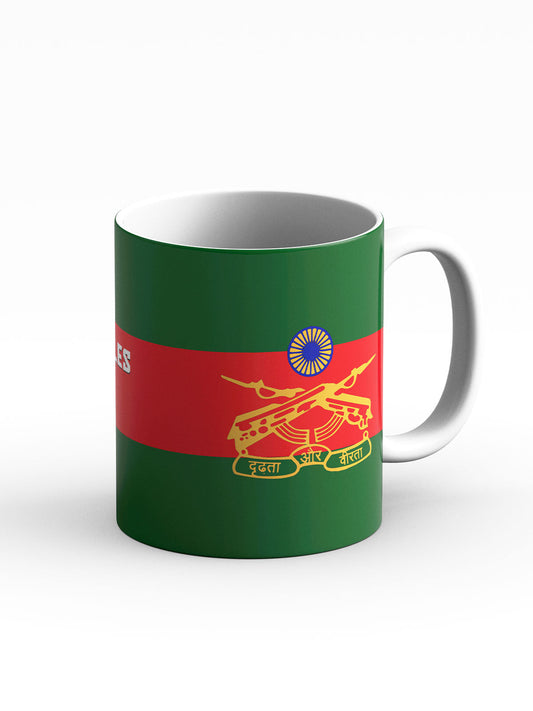


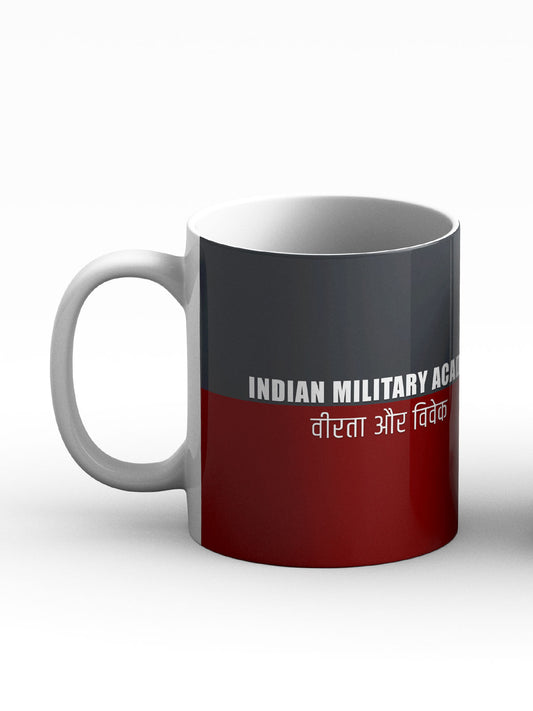

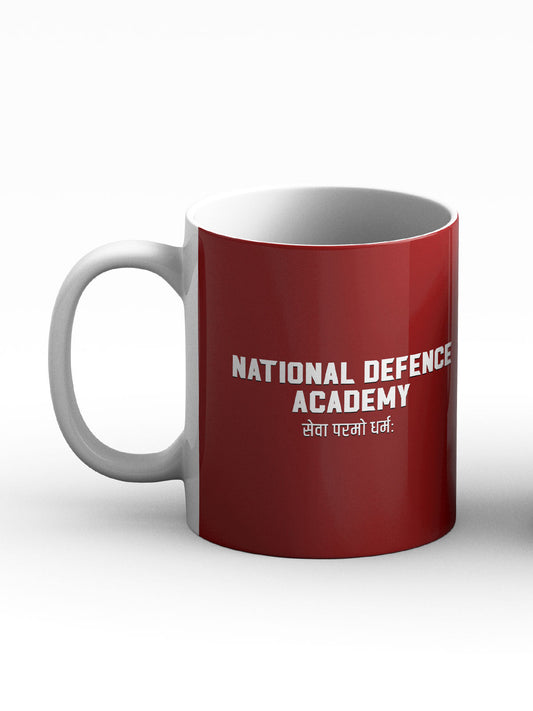




![Let's Crack SSB Interview Book [Paperback]](http://shop.ssbcrack.com/cdn/shop/files/ssb-books.webp?v=1736351621&width=533)




